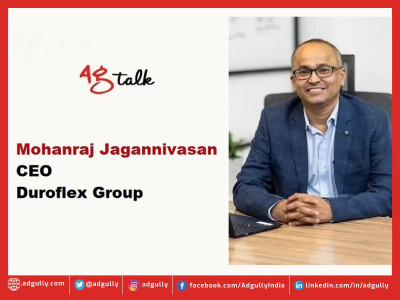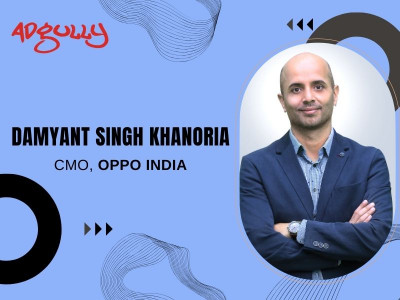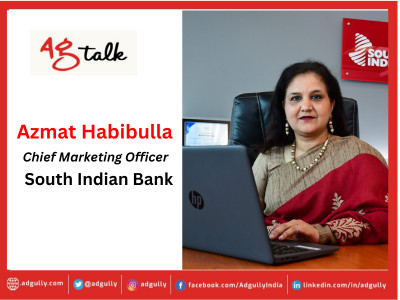We see biggest e-commerce growth in mobile-first countries: Josh Gallagher
MediaCom recently brought its Blink conference to India for the first time. The event put the spotlight on ‘Decoding growth in a slowdown’. Speakers at the MediaCom – Blink Conference included Byron Sharp, Director, Ehrenberg-Bass Institute for Marketing Science; Josh Gallagher, Chief Product Officer, APAC at MediaCom; Nihar Das, Global Account Director, P&G Business at MediaCom; Baldeep Singh, VP - Client Engagement & Data Partnerships at [m]Platform; and Hemant Mehta, MD, Kantar, and Chief Strategy Officer at Kantar SA.
Adgully caught up with Josh Gallagher, Chief Product Officer, APAC at MediaCom, at the event to decipher the growth of the e-commerce industry in India.
In his role as Chief Product Officer, Gallagher works closely with regional client leaders and local market leadership across 16 APAC markets. He is also part of the MediaCom APAC executive committee. He is the lead in driving the reputation and development of MediaCom’s product with particular attention on content, digital and data strategy. His brief includes pioneering the development of a holistic strategic offering within MediaCom’s Systems Planning framework. He is responsible for internal capabilities in content, digital, strategy, data and technology disciplines.
What are your observations on the e-commerce boom in India?
For us, when we think about clients growing, it would mean expansion. That tends to be the physical expansion. But here (in India) the access to new audiences and people is made possible through e-commerce. Platforms like Snapdeal are realising that their customers are coming from Tier 2 and 3 markets. They are being able to take access to new products from brands to the audiences, which is where we see growth taking off.
If you take Australia, it is not a big e-commerce market because there are no new audiences to capture. Even in India, which is a big country, the barriers around distribution and delivery of items just aren’t there. That is a big advantage for e-commerce here and that’s why we are seeing a huge growth.
We see biggest e-commerce growth in mobile-first countries. South East Asia and India tend to not have a legacy of the Internet. They have gone straight to mobile app culture and that’s why you see adoption rise very quickly. Now you have 4G pretty much everywhere, so you don’t have the lag of slow speeds to get in the way of e-commerce growth.
What have the key consumer behaviours been on e-commerce platforms?
There is a lot of impulsive purchases in physical stores and e-commerce platforms, especially, on e-commerce platforms. I think the notion that people know what brands they are going to buy isn’t there either. People assume that just because there is an e-commerce platform and a whole lot of data available, there is going to be loyalty. But people are going to platforms for discovery, they are being served new products and they are making more impulsive decisions. The value of e-commerce purchases is much higher than physical retail stores.
I believe people have the same shopping behaviour on e-commerce as in physical stores. People are curious about products and once they get on a platform, it is just like a department store where you will browse around for new things you will buy. It is not a one-off purchase or straight recommendation from a brand that you will buy. You will be impulse the same way you are in physical stores. I think when you have direct purchase available, it will just make it a lot easier for people to buy.
Are you seeing people use e-commerce to search for products like they use Google to search for information?
The scale of e-commerce platforms means that people will go there and search right away. The only difference being you can search anything on Google, but on e-commerce platforms you need to know specifically the product that you are looking for. I think in Google search you can think quite broadly in terms of services of products around what they are but, on an e-commerce platform, you need to be very specific.
What will be the impact of social commerce platforms like Instagram Shopping?
The more frictionless the experience is, the more will be e-commerce’s growth. It is going to benefit how platforms make money and it is going to make the platform more attractive to the people who use it.
I don’t think ease of access to a product will drive affinity. I don’t think you follow just one brand on a social platform. You follow multiple brands within the same category. It will just mean that you can buy quicker or easier.


















Share
Facebook
YouTube
Tweet
Twitter
LinkedIn